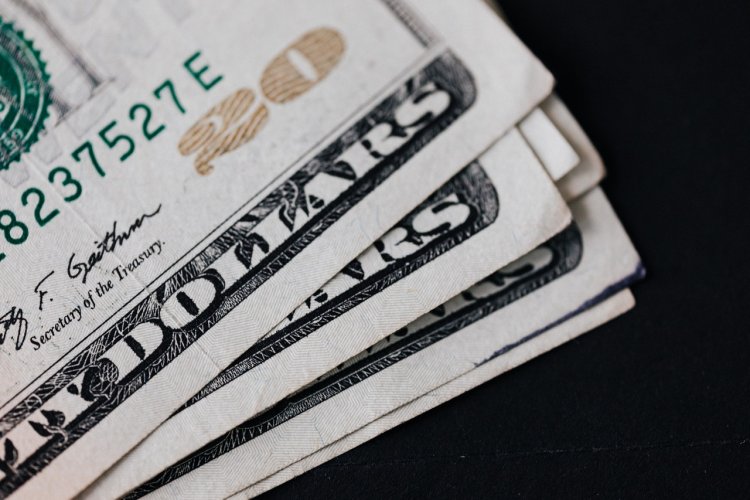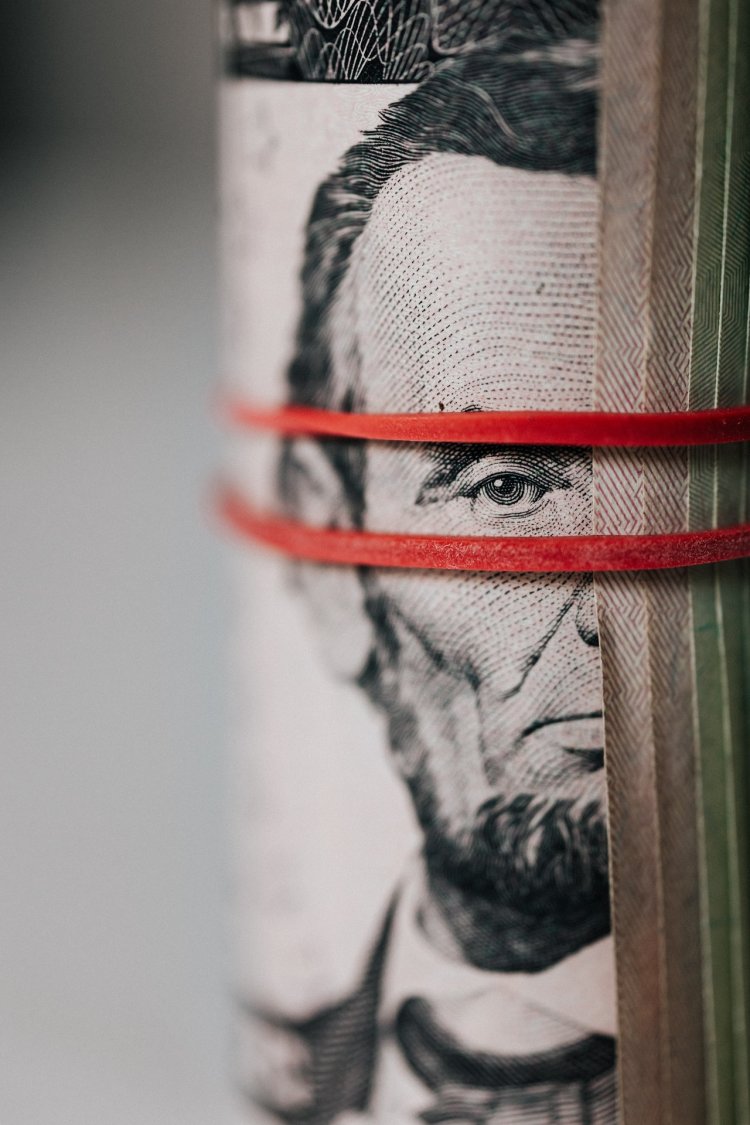The Basics of Mortgage Down Payments

Most prospective home buyers are in the dark when it comes to their potential mortgage down payment. Does it need to be 20% of the home purchase price? Or can it be less? The answer is not as straightforward as you may have hoped, as several factors determine the size of a mortgage down payment. In this article, you’ll learn the basics of down payments so you’ll have an idea of how much money you’ll need to come up with on closing day.
What is a Down Payment?

Before we jump into the specifics of down payments, we’ll define them. In the case of home buying, a down payment is the cash you pay upfront before securing a home loan. The amount borrowers pay varies widely depending on the unique characteristics of their loan and their financial standing. There’s also an element of personal choice - you can pay more than the required down payment amount if you want to.
Whatever you don’t pay in the form of a down payment is often financed through a lender. You’ll pay them monthly until you’ve paid off your loan balance.
A down payment represents your initial stake in the home purchase and acts as leverage for the remainder of the mortgage loan term. If you pay $15,000 at closing, you’re not likely to default on the loan. In addition, in favor of homebuyers, putting money down on your home loan reduces the amount of interest you’ll pay over the life of your loan. The more you pay, the more you’ll save. That’s a huge plus!
How Much Do You Need for a Mortgage Down Payment?

The answer to this question is loaded because down payment amounts are specific to your financial situation and the home that you’re looking to buy. For this reason, mortgage down payments run the gamut, from $0 to thousands of dollars.
Do You Need a 20% Down Payment?
Despite what you may have heard in the past, there is no universal rule stating that you need to put a 20% down payment on a house. The reality is that homebuyers usually pay much less than that upfront. In fact, most pay from 3% to 6% down, and some pay nothing at all.
With that being said, paying 20% down can have several benefits for you as a homebuyer:
- It’ll give you extra leverage as you submit offers to sellers. The higher your down payment is, the more serious you appear to the seller and the higher their chances of accepting your offer.
- The more money you pay upfront, the less you’ll need to finance with a lender.
- Paying more upfront reduces your monthly mortgage payments.
- You may get a better interest rate from your lender since lenders equate a higher down payment with a lower lending risk.
But there’s no doubt that a 20% mortgage down payment is a hefty investment in just about all cases. So, if you don’t have tens of thousands of dollars lying around or the ability to save that much, don’t worry. You won’t be required to pay that much.
Factors Affecting How Much Your House Down Payment Might Be
Now that you know that the 20% down payment recommendation is nothing more than a suggestion, let’s get into some factors that determine how much your house down payment might be.
Note: There’s no way to determine the exact amount you may end up paying for your down payment. But you can get a good idea by reviewing the factors we’ll examine below.
Loan Type
There are many loan types available to homebuyers today, and each caters to specific loan situations and has its own benefits and drawbacks. The one you end up choosing will have a substantial impact on your required down payment.
Here are several loan types and their minimum down payments for quick reference:
- FHA loans - 3.5 - 10% down.
- USDA loans - No down payment minimum.
- VA loans - No down payment minimum.
- Conventional loans - 3% minimum down payment.
As you can see, there are some home loan options that don’t require a down payment - USDA and VA loans. For these types of loans, you can go to closing empty-handed (barring closing costs). Just be aware that USDA loans are for rural properties and VA loans are for military veterans and spouses. The other two major loan types, FHA and conventional, have minimum down payment percentages that borrowers must meet in order to secure the loan.
Credit Score
Your credit score is a measure of your overall creditworthiness. It’s a number that ranges from 300 to 850. The higher your credit score is, the more creditworthy you appear to lenders. Lenders often request a higher down payment from those with low credit scores due to their higher financial risk.
Location
Surprisingly, your location is also another determinant of your down payment amount. In competitive markets, your minimum down payment may be higher than it would be in non-competitive markets. For example, to secure an FHA loan in Chicago, you may end up paying closer to 10% down than 3%. Still, it’s important to remember that lenders consider a wealth of factors, including those mentioned in this article, to arrive at your down payment percentage.
The Price of Your Desired Home

What is the purchase price of the house you’ve got your eye on? Since down payments are a percentage of the price of your desired home, it only makes sense that the home price would affect your down payment. For a $400,000 home, a 10% down payment would be $40,000. For a $500,000 home, a 10% down payment would be $50,000. As you can see, the higher the price of the home, the more you’ll pay for the down payment. Conversely, a lower home price will result in a lower down payment. This, of course, only applies to loan types that require a down payment.
Your Lender
In cases where down payments apply, your lender makes a big difference in how much you ultimately end up paying upfront. Lenders weigh factors differently. Some may see a low credit score and immediately request a high down payment percentage, while other lenders are more willing to work with you and keep the down payment low. There’s no way to predict how strict or relaxed a lender is with down payments until you speak with them directly.
How to Keep Your Mortgage Down Payment Low
It’s true that a higher down payment results in savings down the line. But if you want to keep some money in your pocket now, you need a low down payment. Though your lender ultimately determines your down payment percentage, there are some things you can do to keep your mortgage down payment low. Here they are:
- Inquire about VA or USDA loans, both of which don’t require a down payment.
- Look into Down Payment Assistance programs in your area through your local government website.
- Consider a lower-cost home.
- Ask your lender about lender credits, which are lender-provided funds that can be put towards your down payment. Just know that taking these credits could result in a higher interest rate on your loan.
Putting money down on a house may be an unavoidable part of your home buying experience. But with the right information, you can navigate it with ease. We hope that this article has been helpful to you, having given you all the basic information you need to know about down payments.
What's Your Reaction?
















